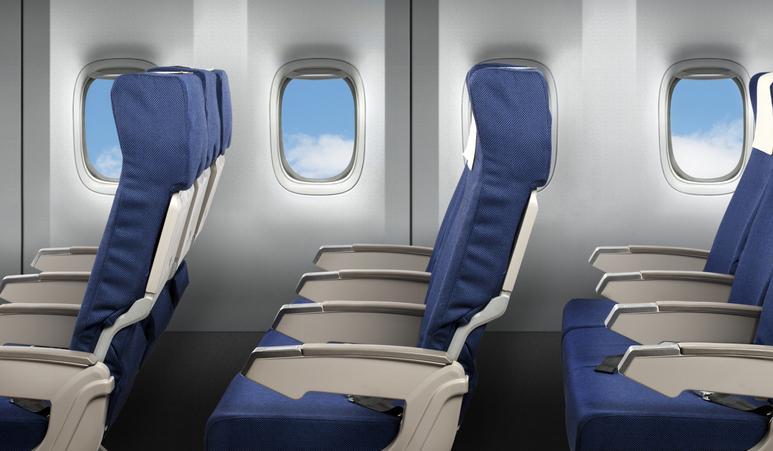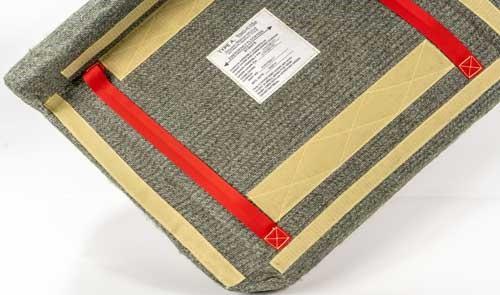Fireblocking
One of Aerofoam’s first and longest practiced capabilities include the fireblocking of aircraft seat cushions. Fireblocking fabrics improve the flame retardant properties of aircraft seating cushions and foams. This additional layer ensures cushions built using traditional foams pass all FAA and EASA burn testing criteria.
Contact Us
